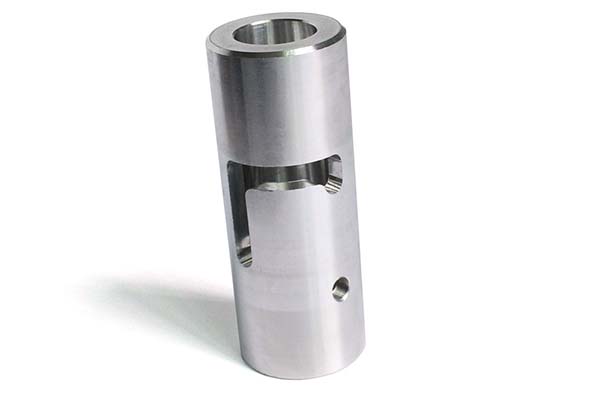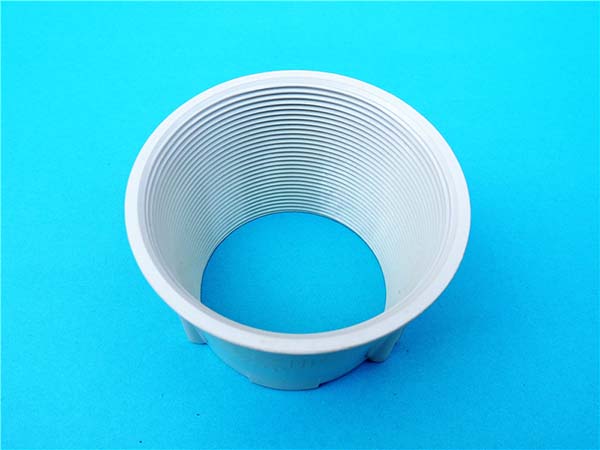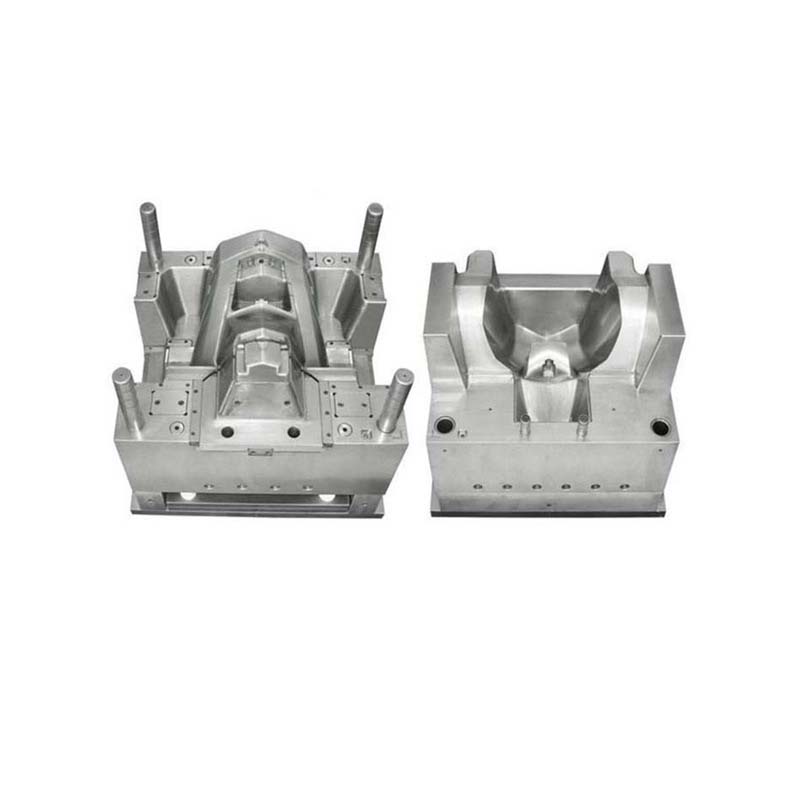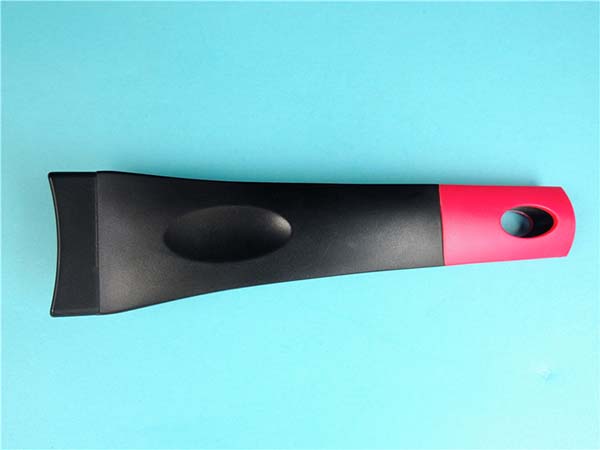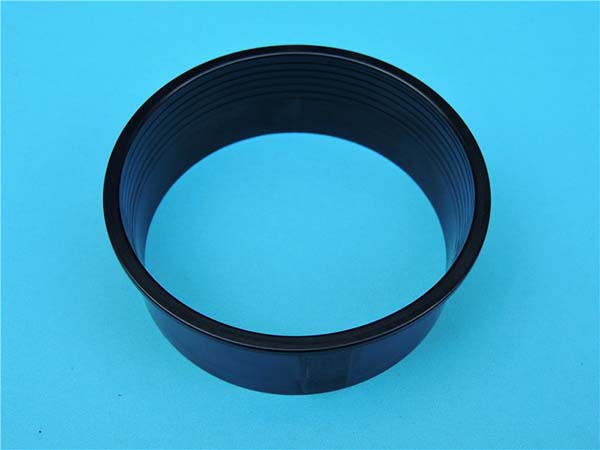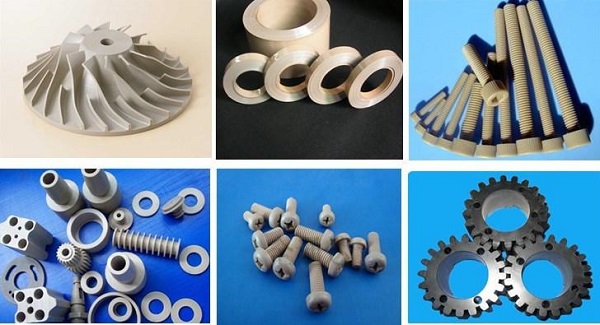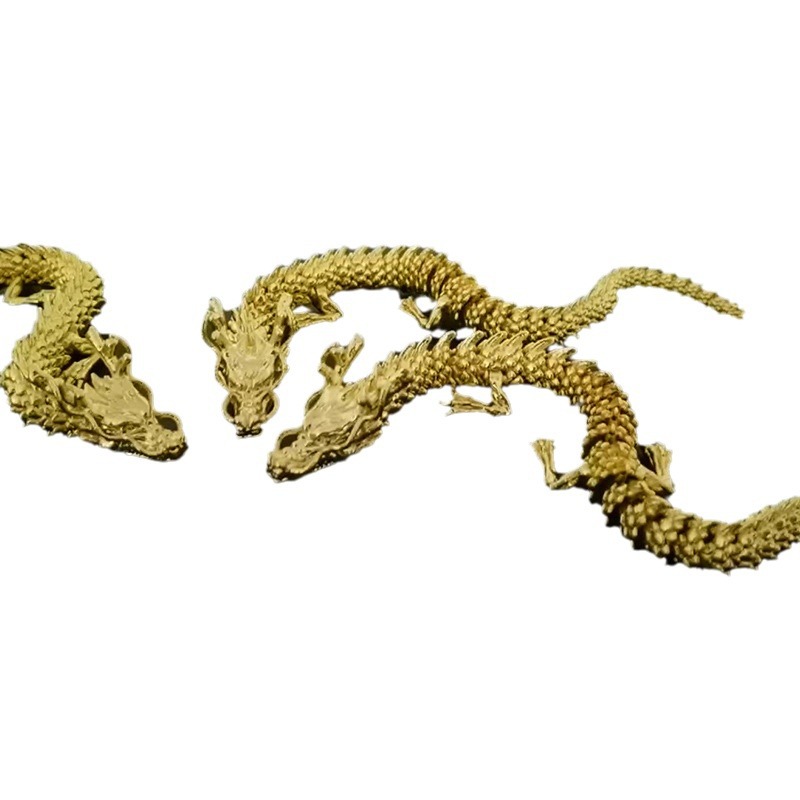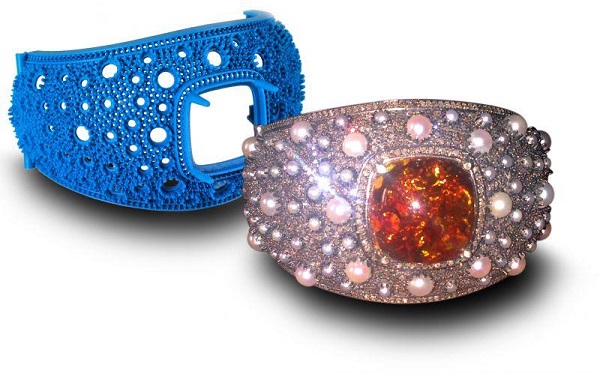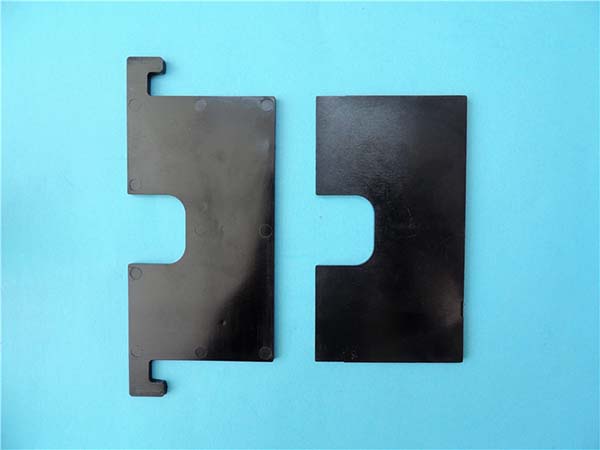You’ve heard 3D printed metals are revolutionizing manufacturing—creating lightweight aerospace parts, biocompatible medical implants, and intricate automotive components that traditional machining can’t match. But when you try it, the results are costly failures: the printed part has internal cracks, fails a tensile test, or has a surface finish so rough it requires hours of post-processing. Maybe the metal powder clogs the printer, or the supports are so thick they’re impossible to remove without damaging the part. Worse, your “high-strength” prototype is weaker than a cast version, wasting time and expensive materials.
3D printing metals unlocks design freedom and performance that no other manufacturing method can match, but it demands expertise in material types, mastery of specialized 3D printing processes, and a deep understanding of how to achieve desired performance and properties. Unlike plastic 3D printing, where mistakes cost a few dollars in filament, metal 3D printing errors can waste thousands in powder and machine time. In this guide, we’ll demystify 3D printing metals, helping you navigate its challenges and leverage its potential for parts that are stronger, lighter, and more complex than ever before.
Material Types: Choosing the Right Metal
The world of 3D printable metals is diverse, with each material type offering unique advantages for specific applications:
- Aluminum: A lightweight favorite (density 2.7 g/cm³) with excellent strength-to-weight ratio. Aluminum alloys like AlSi10Mg are popular in aerospace and automotive, offering tensile strength of 300-400 MPa and good corrosion resistance. They’re ideal for parts where weight reduction is critical, like drone frames or engine brackets, but struggle in high-temperature environments (melting point ~660°C).
- Stainless steel: Known for durability and corrosion resistance, stainless steel (316L, 17-4 PH) is a workhorse in industrial applications. 316L offers tensile strength of 500-600 MPa and excels in harsh environments, making it perfect for chemical processing equipment or marine components. 17-4 PH can be heat-treated to 1100 MPa, suitable for industrial tooling and high-stress parts.
- Titanium: A premium material prized for its biocompatibility and strength-to-weight ratio. Titanium alloys (Ti6Al4V) have tensile strength of 900-1100 MPa, low density (4.5 g/cm³), and excellent corrosion resistance—ideal for medical implants (bone screws, hip replacements) and aerospace components (wing brackets, engine parts). Its high cost ($100-200 per kg of powder) limits it to high-value applications.
- Specialized alloys: Cobalt-chrome alloys (CoCrMo) combine wear resistance and biocompatibility, used in dental crowns and joint replacements. Nickel-based super-alloys (Inconel 718) withstand extreme temperatures (up to 1200°C), making them essential for gas turbine components in aerospace and energy. Copper offers exceptional thermal conductivity (401 W/m·K) for heat sinks, though its high reflectivity makes it challenging to print with lasers.
3D Printing Processes: Melting and Sintering Metals
3D printing metals relies on transforming metal powder into solid parts using high-energy sources, with each 3D printing process offering unique benefits:
- Selective Laser Melting (SLM): The most common metal 3D printing process, SLM uses a high-power laser to fully melt metal powder into a solid. It achieves near-full density (99.5%+) and excellent mechanical strength, making it ideal for aerospace and medical parts. Critical print parameters include laser power (100-400 W), scan speed (500-2000 mm/s), and layer thickness (20-50 μm). SLM requires support structures (often made of the same metal) to manage thermal stress, which are removed via CNC machining.
- Electron Beam Melting (EBM): Similar to SLM but uses an electron beam instead of a laser, operating in a vacuum. EBM handles high-temperature alloys like titanium and Inconel well, with layer thickness of 50-100 μm. It produces parts with finer grain structure due to slower cooling, improving fatigue resistance—a boon for aerospace components. However, surface finish is rougher than SLM, requiring more post-processing.
- Binder Jetting: A lower-cost alternative where a liquid binder is printed onto metal powder to form a “green part,” which is then sintered in a furnace to fuse the powder. Binder jetting offers faster print speeds and doesn’t need supports but requires sintering (shrinking 15-20%), making dimensional accuracy harder to achieve. It’s popular for dental restorations and low-volume production of stainless steel parts.
- Practical considerations: All metal processes depend on metal powders of precise size (15-45 μm) and purity (99.9%+ for critical parts). Slicing software (like Magics or Netfabb) optimizes laser paths to minimize stress, while infill density (often 100% for structural parts) ensures full strength. Post-processing—heat treatment, machining, or polishing—is almost always required to meet final specs.
Applications: Where Metal 3D Printing Shines
Metal 3D printing’s ability to create complex, high-strength parts makes it indispensable in these applications:
- Aerospace and automotive: The aerospace industry leads in metal 3D printing, using titanium and Inconel for aerospace components like fuel nozzles, brackets, and engine parts. These parts are 30-50% lighter than machined versions while maintaining strength, reducing fuel consumption. In automotive, automotive parts like custom gears, turbocharger components, and lightweight chassis parts benefit from rapid prototyping and low-volume production capabilities.
- Medical and dental: Medical implants (titanium hip stems, spinal cages) are 3D printed to match a patient’s anatomy, improving fit and reducing recovery time. Dental restorations (crowns, bridges) use cobalt-chrome or precious metals, with 3D printing enabling same-day production. The biocompatibility of metals like titanium ensures these parts integrate safely with the body.
- Industrial and specialized uses: Industrial tooling—like injection molds with conformal cooling channels—are 3D printed in stainless steel, reducing cycle times by 20-50%. Customized jewelry in gold or silver leverages 3D printing for intricate designs impossible with casting. Defense applications (missile components, armor) and energy components (turbine blades) also rely on metal 3D printing for performance and durability.
Performance and Properties: Ensuring Metal Quality
Metal 3D printed parts must meet rigorous standards for strength, precision, and reliability—their performance and properties are verified through extensive testing:
- Mechanical strength: 3D printed metals often match or exceed wrought (machined) metals. For example, SLM titanium Ti6Al4V has tensile strength of 1100 MPa, compared to 900 MPa for cast titanium. Fatigue resistance—critical for moving parts like gears—is improved with heat treatment, which refines the grain structure. However, parts can exhibit anisotropy (directional strength differences) if print parameters are off, requiring testing in multiple orientations.
- Corrosion and thermal performance: Stainless steel 316L and titanium offer excellent corrosion resistance, suitable for marine or medical environments. Copper and aluminum excel in heat transfer applications, with 3D printed designs enabling more efficient cooling channels. High-temperature alloys like Inconel maintain strength at 1000°C+, making them irreplaceable in gas turbines.
- Accuracy and finish: Metal 3D printed parts achieve dimensional accuracy of ±0.1 mm for small parts, with surface finish of 10-50 μm Ra (roughness average). For comparison, machined parts can reach 0.8 μm Ra, so post-processing (grinding, polishing) is often needed for tight fits or aesthetic parts. Density is 95-99.9% depending on the process—SLM and EBM achieve higher density than binder jetting, critical for pressure vessels or load-bearing parts.
Yigu Technology’s Perspective: Precision in Metal 3D Printing
At Yigu Technology, we specialize in 3D printing metals for clients who demand uncompromising quality. We select material types based on application needs—titanium for medical implants, Inconel for high-heat parts—and optimize 3D printing processes (SLM for precision, binder jetting for cost-sensitive projects). Our team validates every batch through mechanical testing (tensile, fatigue) and microstructure analysis, ensuring parts meet aerospace, automotive, or medical standards. Whether it’s a lightweight aerospace bracket or a custom dental crown, we leverage metal 3D printing’s design freedom while guaranteeing the strength and reliability our clients depend on. For parts that can’t fail, metal 3D printing is the future—and we’re leading the way.
Frequently Asked Questions (FAQ)
- Why is my 3D printed metal part cracking?
Cracking often stems from thermal stress during printing. Reduce laser power by 5-10% or increase scan speed to minimize heat buildup. Ensure metal powders are dry (moisture causes porosity) and use proper support structures to dissipate heat. Post-print heat treatment (annealing) can also relieve internal stress, preventing cracks.
- How does 3D printed metal compare to cast or machined metal?
3D printed metal offers better strength than cast parts (finer grain structure) but may have lower fatigue resistance than wrought (machined) metal unless heat-treated. It excels at complex geometries—parts with internal channels or lattice structures—that are impossible to cast or machine cost-effectively.
- Is metal 3D printing cost-effective for small production runs?
Yes, for runs of 1-100 parts. Metal 3D printing avoids the high tooling costs of casting or machining, making it cheaper for small batches. For larger runs (1000+), casting or forging is often more economical, though 3D printing remains competitive if parts are highly complex.
